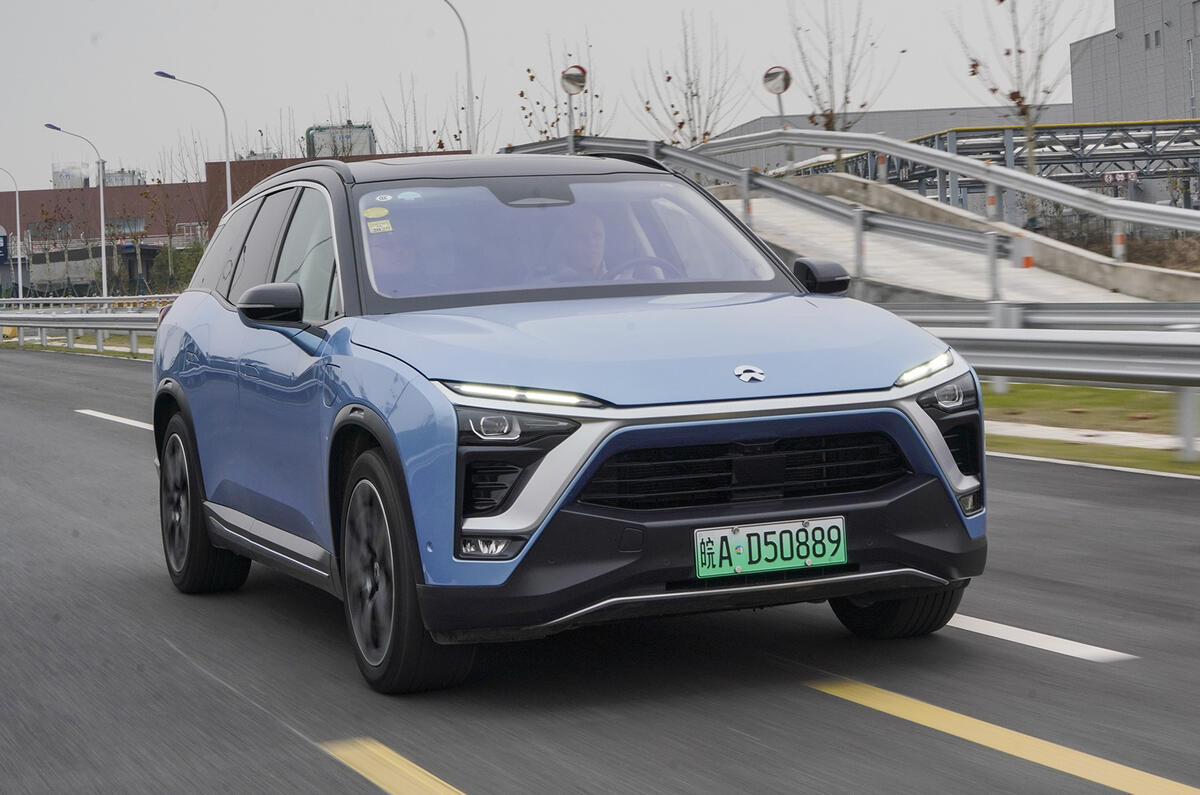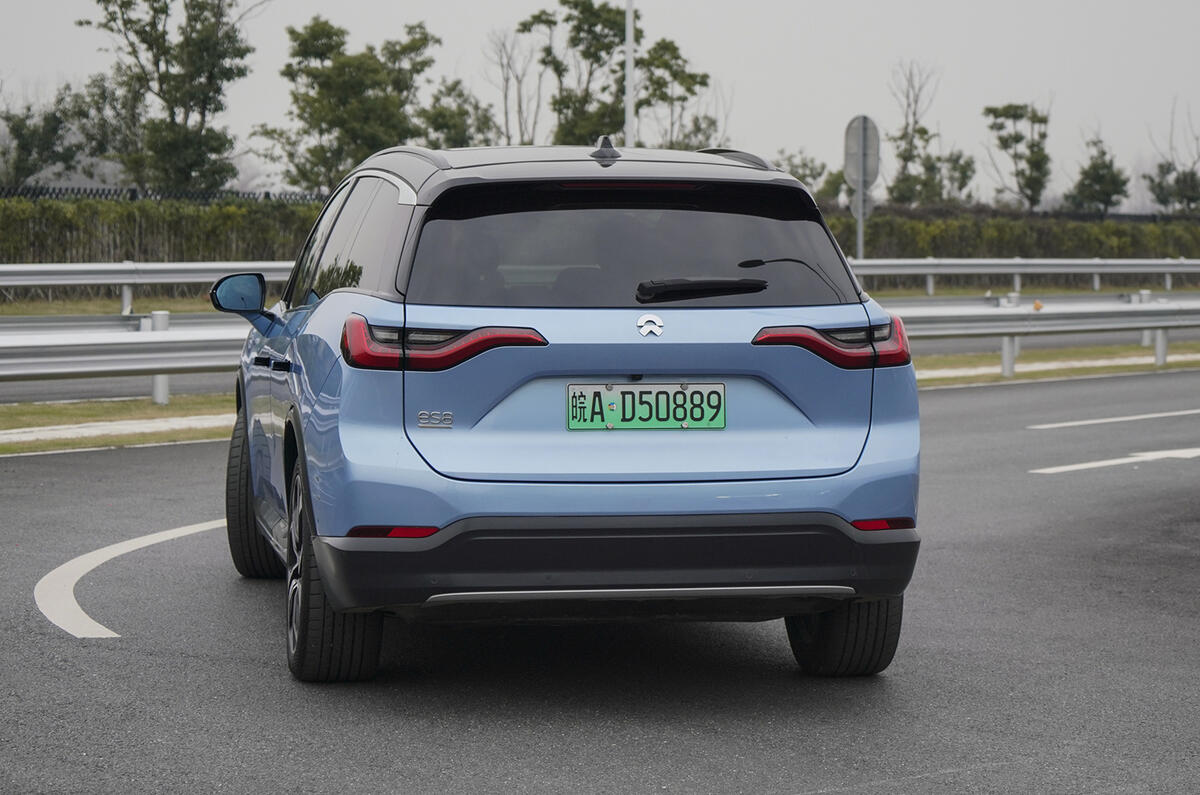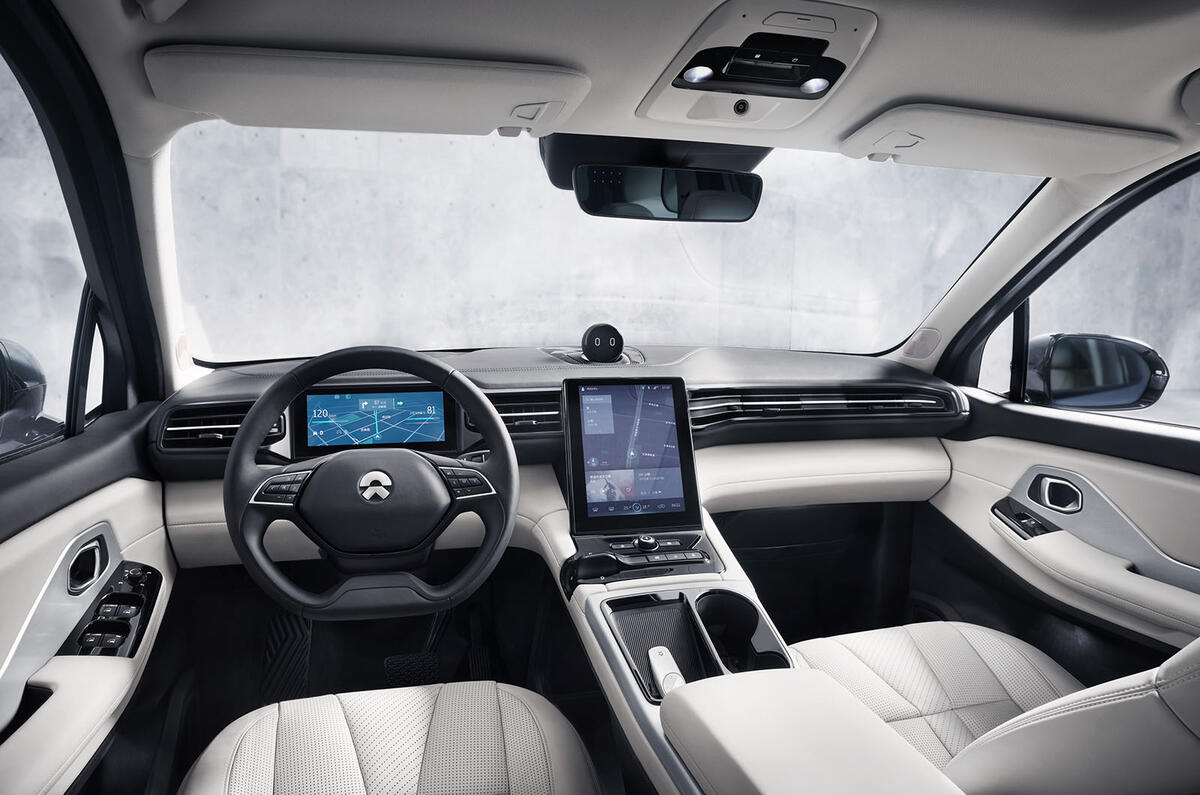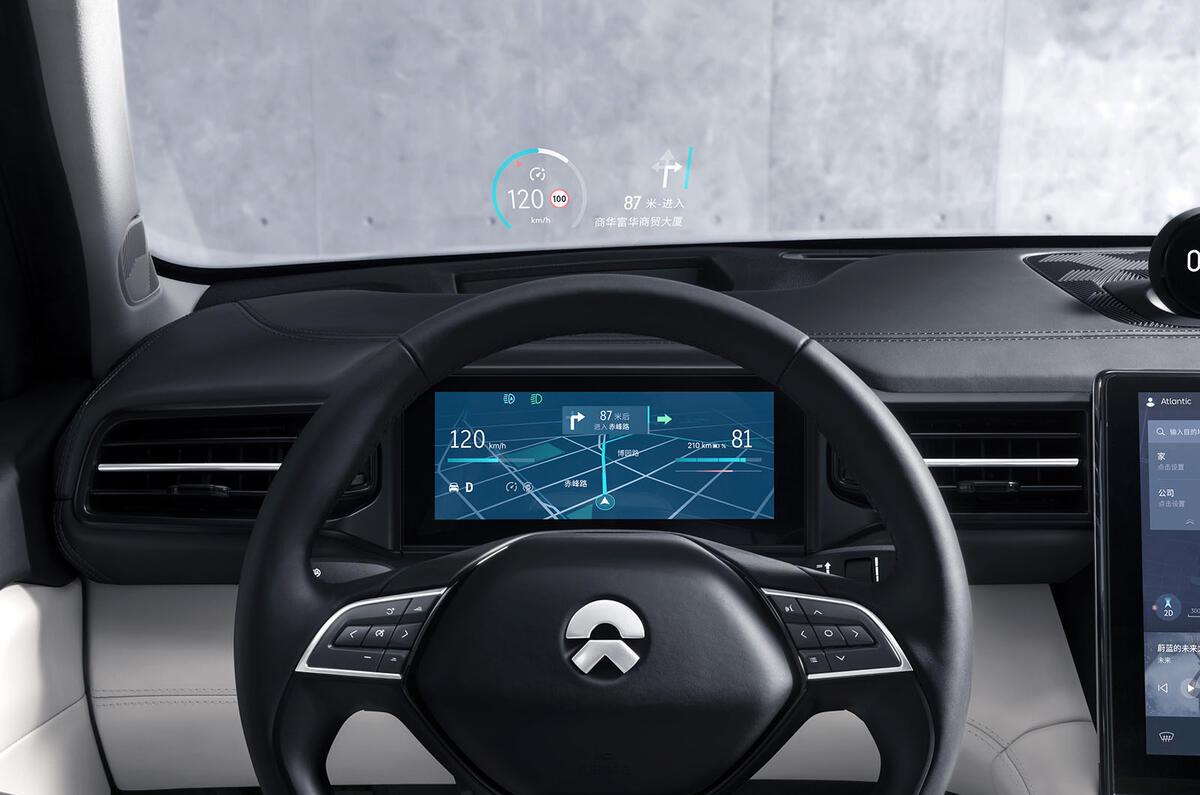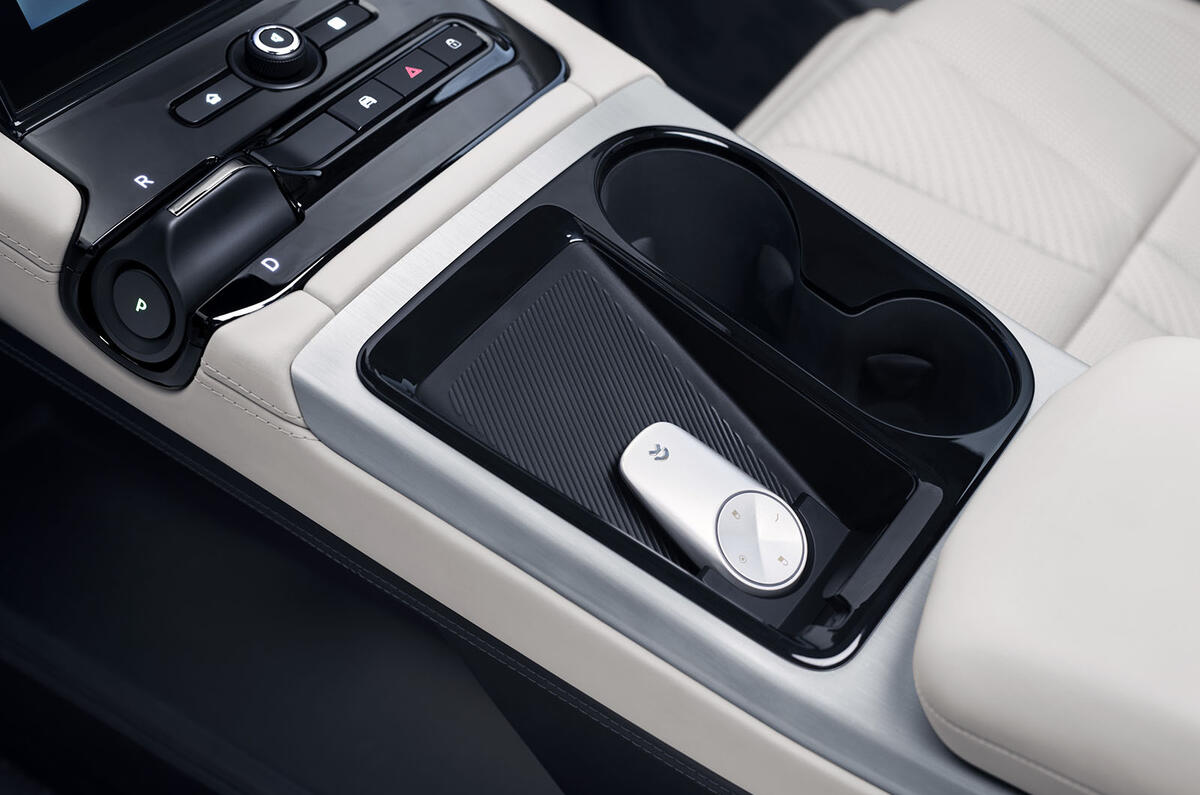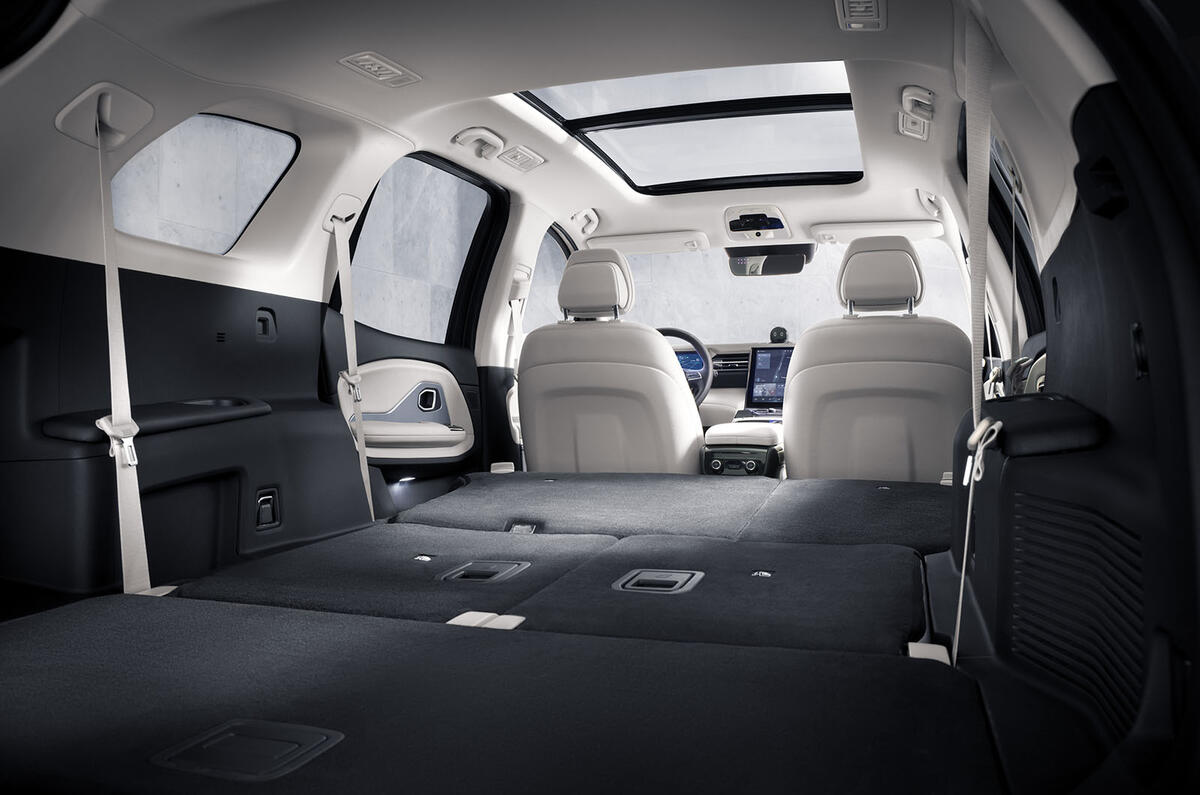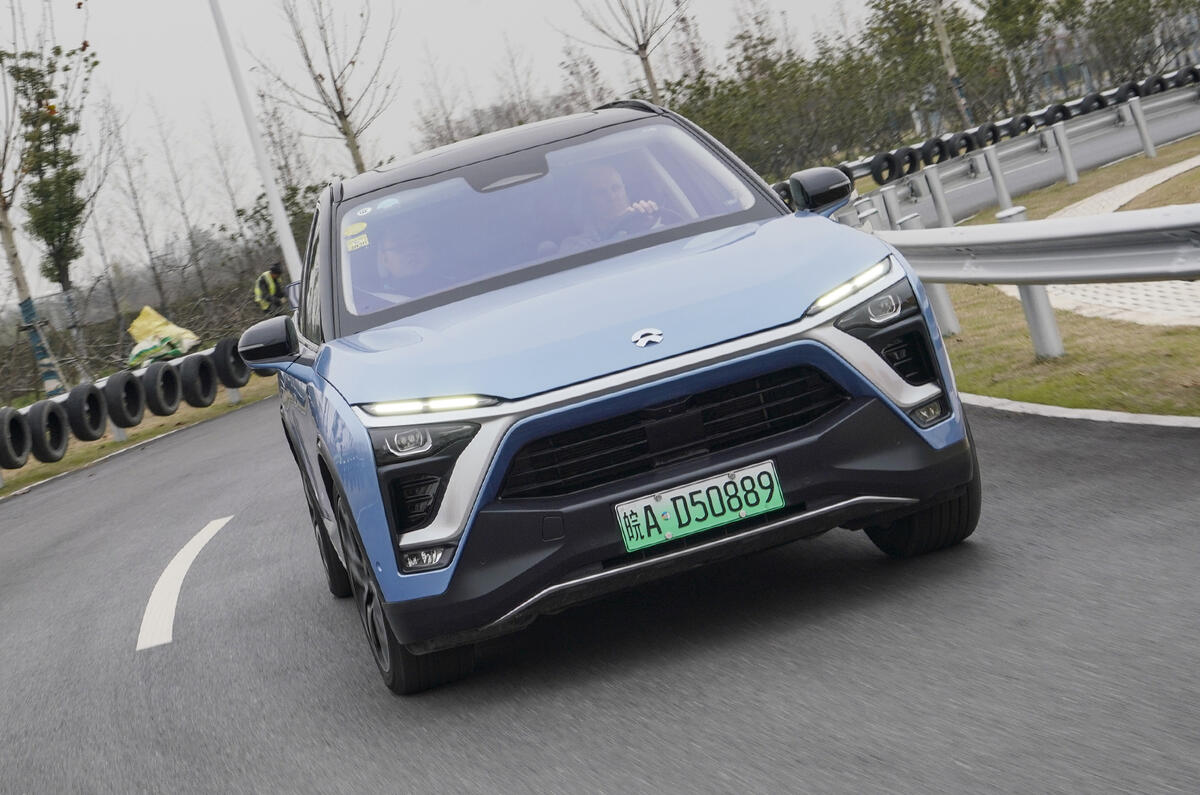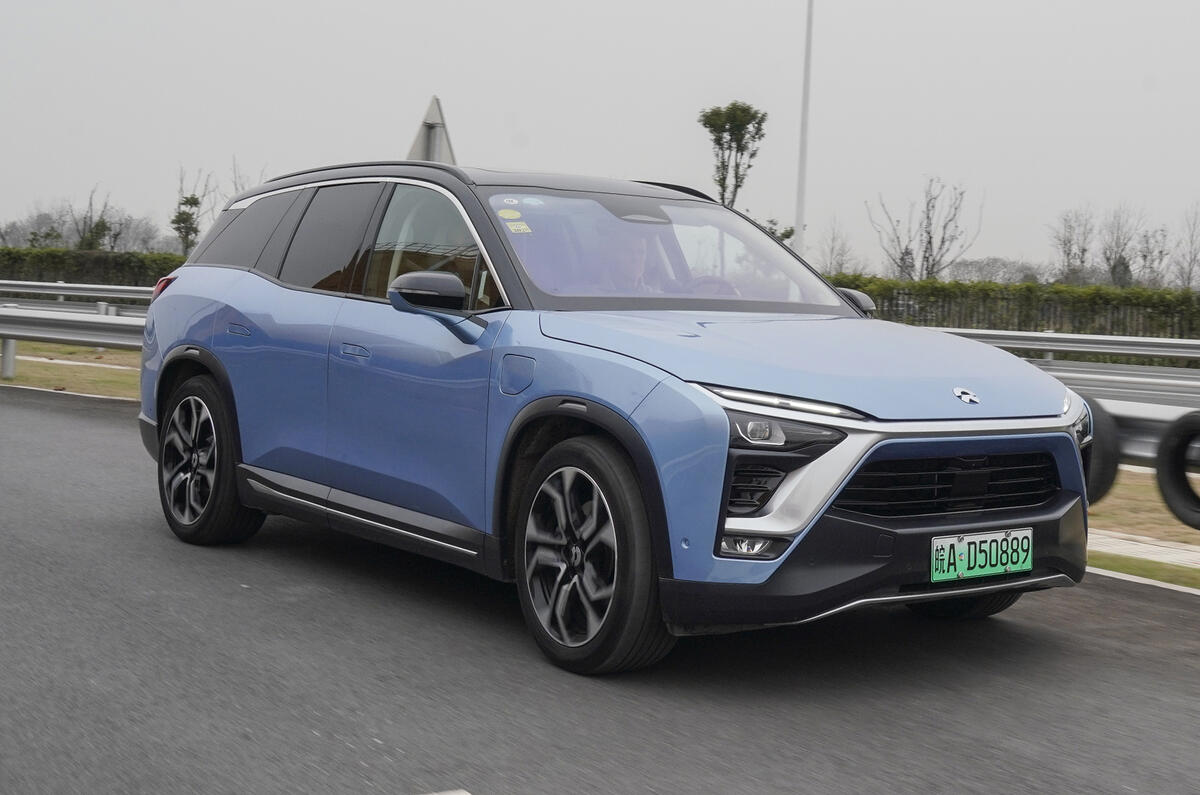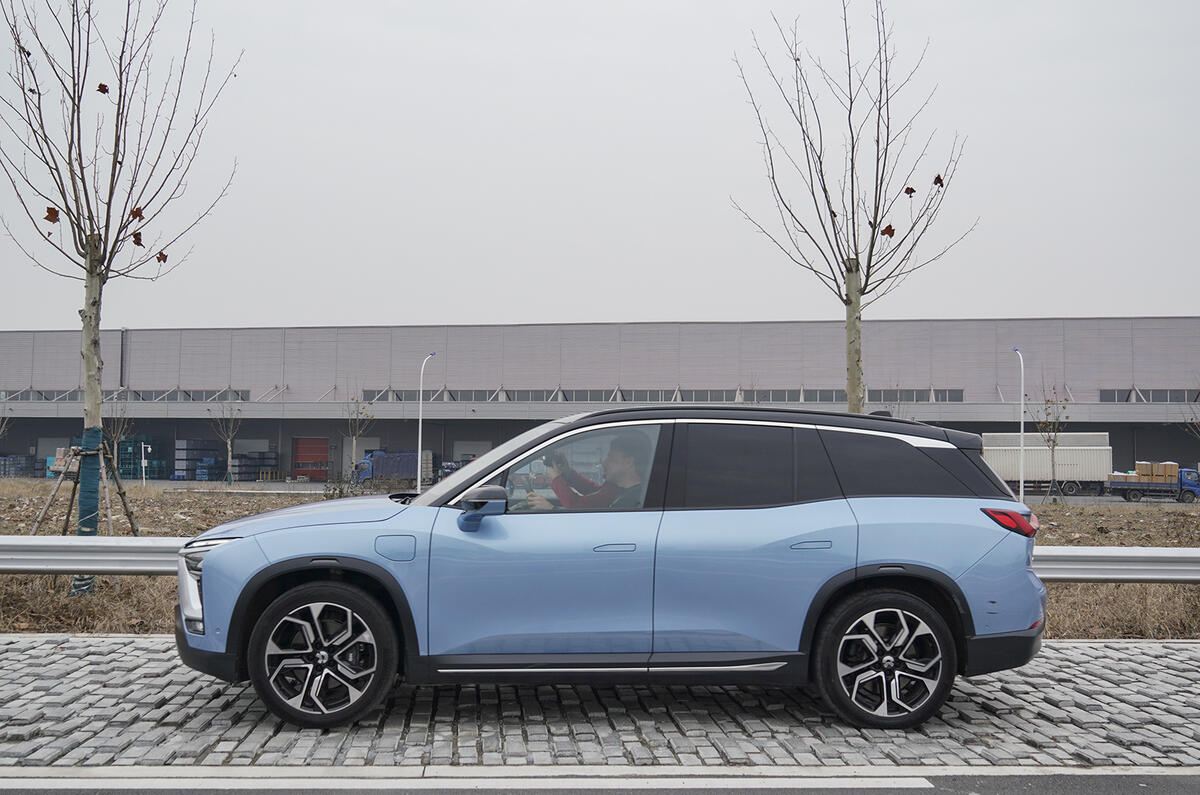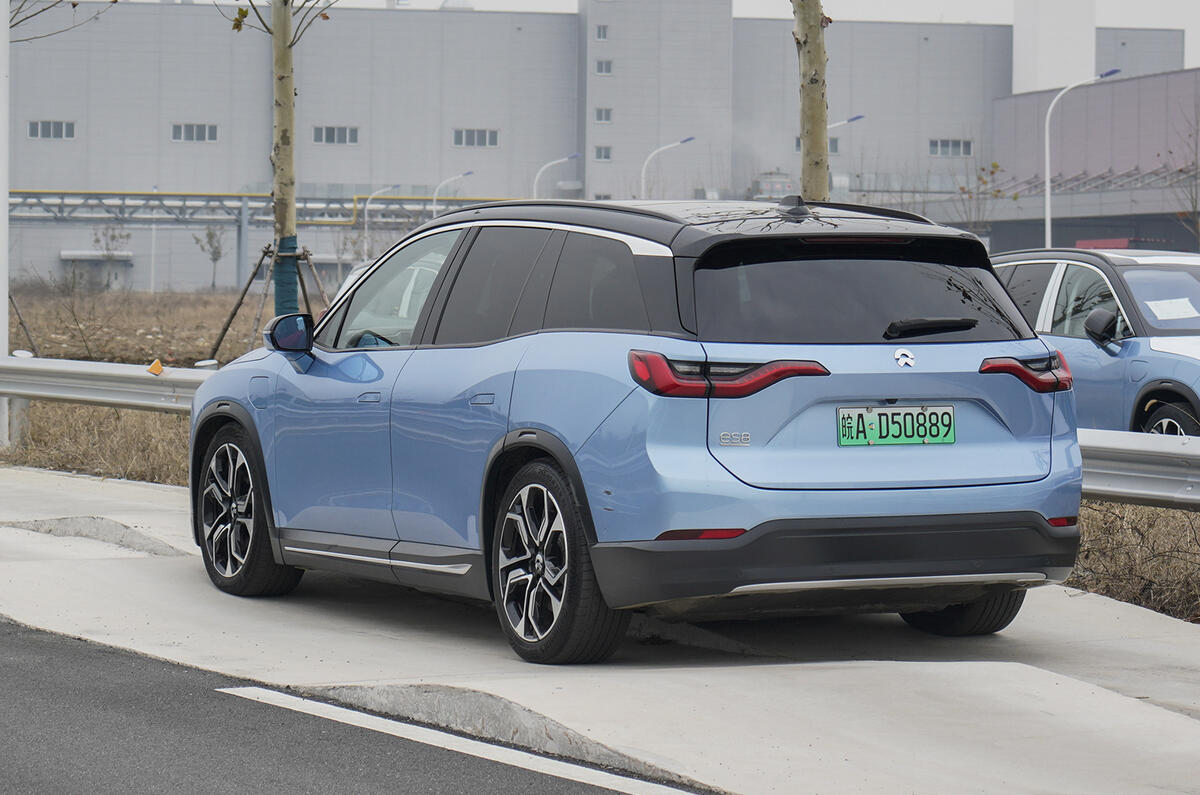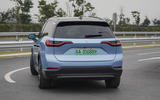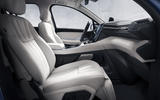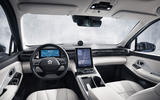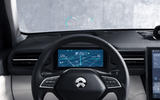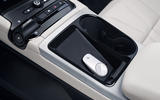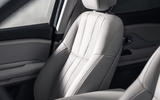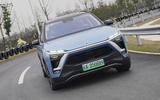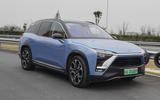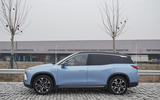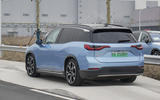Although Chinese vehicles aren’t widely available in the UK, they’re already plagued by reputation, mostly bad. But where we might expect a cheap sticker price, sketchy build quality and woeful crash test performance, Chinese company Nio’s ES8 is unashamedly targeting the premium segment.
Its weapon of choice for this assault is an SUV: five metres of performance seven-seater, aimed squarely at the Audi E-tron and Tesla Model X.
While prices for its American rival start at £78,000 in the UK, the ES8 is on sale in its homeland at the equivalent of £51,500. So far, so Chinese. Yet that is where, for the most part, the stereotypes end. At first sight, Nio's debut offering is a smart, substantial if conservative-looking SUV that wouldn’t appear out of place in any European car park.
Performance is competitive, too. Power comes from a 70kWh battery pack, located underneath and within the 3010mm wheelbase. This powers a pair of 322bhp motors, one on each axle for full-time four-wheel drive. The resulting maximum power is a more-than-healthy 641bhp, along with 620lb ft of torque. This manifests itself in a headline 4.4sec 0-62mph dash.
Performance is helped by employing Audi levels of aluminium to make up 96.4% of the vehicle’s structure and bodywork. And Nio anticipates five Euro NCAP stars. In light of that, you probably won’t be surprised to hear the company’s engineering and design base is in Munich, Germany.


